

Chandigarh, the capital of both Punjab and Haryana, is a union territory in northern India. Known as "The City Beautiful," it is one of India's earliest planned cities, designed by the Swiss-French architect Le Corbusier. With its grid-like structure, organized sectors, and abundance of green spaces, Chandigarh stands as a testament to modernist urban planning. The city is famous for its architectural landmarks, clean wide roads, and high quality of life. From the iconic Rock Garden to the Capitol Complex, and from Sukhna Lake to the Rose Garden, Chandigarh presents a unique blend of urban design, nature, and culture that makes it one of India's most livable cities.

Chandigarh stands as a symbol of India's post-independence vision for modernity and progress. After the partition of India in 1947, the former capital of Punjab, Lahore, went to Pakistan, creating the need for a new capital for Indian Punjab. Prime Minister Jawaharlal Nehru envisioned a city that would represent the new India - modern, progressive, and forward-looking.
The city's planning and architecture were entrusted to Le Corbusier, one of the pioneers of modern architecture. Working with Indian architects including M.N. Sharma and others, Corbusier designed Chandigarh based on principles of modernism, functionality, and human scale. The city was planned as a series of sectors, each self-contained with its own markets, schools, and green spaces.
Chandigarh's design broke from traditional Indian urban patterns, featuring a gridiron plan with strict zoning regulations. The city was divided into different functional areas: the Capitol Complex for government buildings, the City Centre for commercial activities, and numerous residential sectors. The extensive green spaces, tree-lined avenues, and architectural landmarks created a unique urban environment.
Construction began in the 1950s, and the city was officially inaugurated in 1953. Over the decades, Chandigarh has grown while largely maintaining its original planning principles. In 1966, when Punjab was reorganized and Haryana was created as a separate state, Chandigarh became a union territory and the shared capital of both states.
The cultural legacy of Chandigarh is rooted in its modernist vision while embracing Punjabi culture. The city has developed its own unique identity that combines urban sophistication with regional traditions. Its museums, art galleries, and cultural centers showcase both contemporary art and traditional crafts.
Today, Chandigarh takes immense pride in its heritage as India's first planned city and a model of urban development. The city consistently ranks as one of India's cleanest and most livable cities. The values of order, cleanliness, and quality of life established by its planners continue to shape Chandigarh's identity in the modern era.
The legacy of Chandigarh's planning and architecture is not just historical; it continues to inspire contemporary urban development in India. The city's green spaces, efficient infrastructure, and quality public buildings offer valuable lessons for sustainable urban planning. Chandigarh represents the successful implementation of modernist principles in an Indian context.
Chandigarh, as a union territory and capital of two states, exhibits a unique linguistic diversity that reflects its administrative importance and cosmopolitan character. The city's language landscape showcases its position as a melting pot of cultures, with Punjabi dominance alongside significant presence of Hindi and English, creating a multilingual environment that represents modern urban India.
Chandigarh has three official languages: Punjabi, Hindi, and English. This trilingual policy reflects the city's status as capital of both Punjab and Haryana, and its position as a union territory. All three languages are used in administration, education, and public life.
The languages of Chandigarh reflect its unique administrative status and cosmopolitan character. While Punjabi dominates as the language of the region, the presence of Hindi and English creates a multilingual environment that accommodates diverse populations. This linguistic richness truly mirrors Chandigarh's spirit as a modern Indian city that embraces both regional identity and national integration, while maintaining international connections through English.
Chandigarh is a city where traditional Punjabi festivals, national celebrations, and contemporary cultural events coexist in perfect harmony. The festivals here reflect the city's cosmopolitan character, with celebrations that bring together people from different backgrounds. Throughout the year, Chandigarh hosts a vibrant tapestry of events that showcase its unique identity as a modern Indian city that honors tradition while embracing contemporary life.
The Rose Festival is one of Chandigarh's most famous and popular events, held annually in February at the Zakir Hussain Rose Garden. This three-day festival celebrates the beauty of roses and the arrival of spring, attracting visitors from across the country. The festival reflects Chandigarh's identity as the "City Beautiful" and its commitment to green spaces and environmental consciousness.
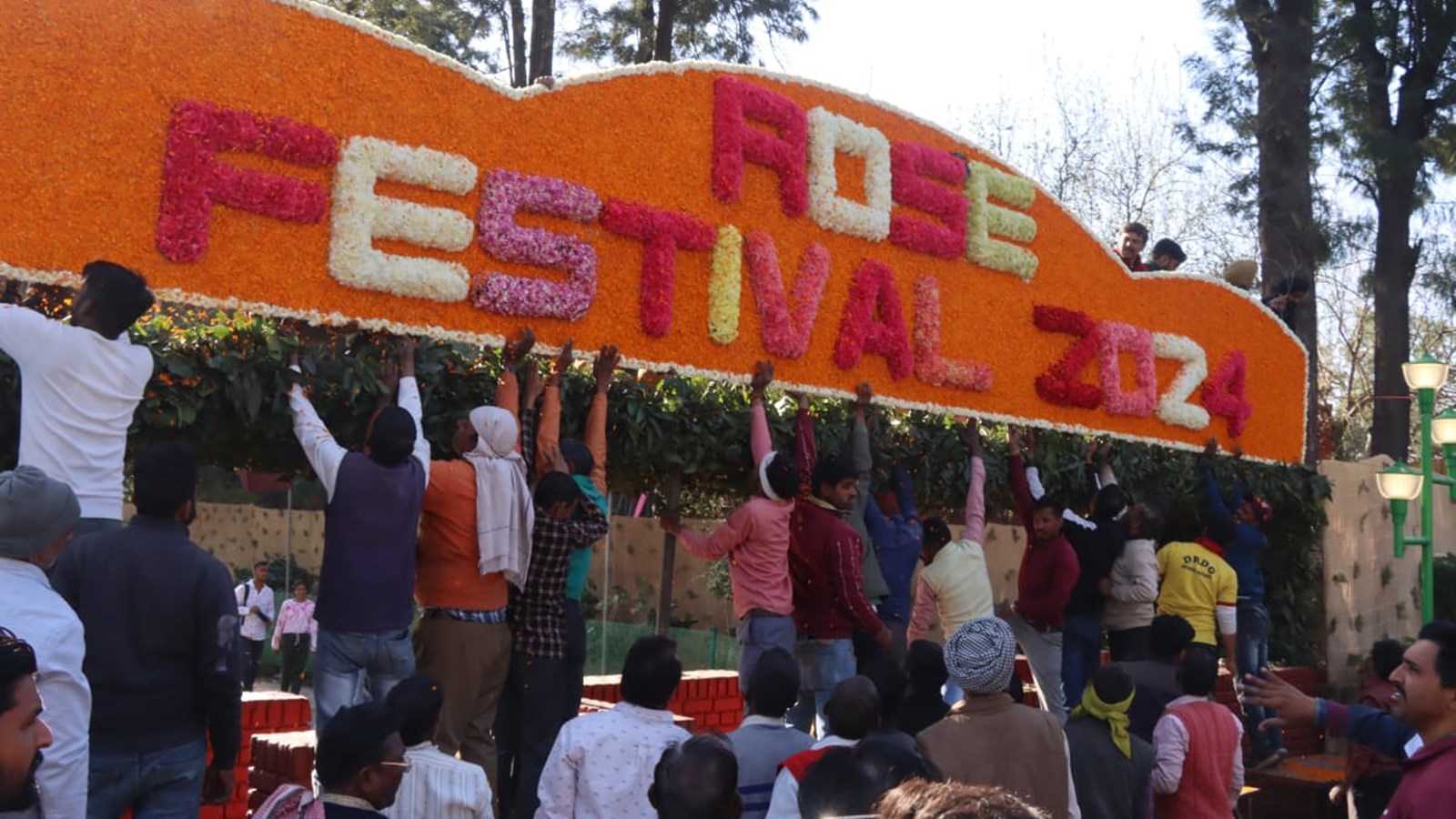
The Rose Festival is not just a floral exhibition but a celebration of Chandigarh's unique character as a planned city that values beauty, order, and environmental consciousness. It brings together residents and visitors in a grand display of civic pride and appreciation for nature. The festival's blend of natural beauty, cultural programs, and community participation makes it the true essence of Chandigarh's spirit as a city that harmoniously blends urban life with natural beauty.
Baisakhi is one of the most important festivals in Chandigarh, celebrated with great enthusiasm across the city. This harvest festival marks the beginning of the solar new year and the harvesting of winter crops. For the Sikh community, Baisakhi also commemorates the formation of the Khalsa Panth by Guru Gobind Singh in 1699. The festival reflects the agricultural roots of the region and the religious significance for the Sikh community.

In conclusion, Baisakhi is not just a harvest festival but a magnificent display of Punjabi culture, religious devotion, and community spirit. It brings together people of all backgrounds in a celebration that has been preserved for generations, showcasing the rich cultural heritage of the region and its people's connection with agriculture and faith.
Baisakhi is more than a seasonal festival; it is a living tradition that showcases the cultural and religious values of the Punjabi community. As one of the most beloved festivals in Chandigarh, it represents the city's connection to its regional roots while embracing its modern identity. The festival stands as a testament to the rich cultural heritage that makes Chandigarh unique among Indian cities.
The Chandigarh Carnival is a relatively new but highly popular festival that celebrates the city's cosmopolitan character and creative spirit. Held annually, this multi-day event brings together art, music, food, and cultural performances from across India. The carnival showcases Chandigarh's position as a center of contemporary culture and its openness to diverse influences.
The Chandigarh Carnival is not just an entertainment event but a reaffirmation of the city's identity as a center of contemporary culture. From the diverse performances to the creative installations, every aspect reflects Chandigarh's character as a city that values innovation, creativity, and cultural diversity. The carnival's unique blend of traditional elements and modern expressions makes it an essential part of Chandigarh's cultural calendar.
The festivals of Chandigarh showcase its unique character as a modern Indian city that embraces both tradition and contemporary life. From the floral splendor of the Rose Festival to the agricultural celebrations of Baisakhi, and from the urban creativity of the Chandigarh Carnival to traditional religious observances, every festival reflects the city's spirit of diversity and harmony. This coexistence of different traditions makes Chandigarh a unique example of modern urban India, where regional culture, national identity, and global influences blend seamlessly, creating a vibrant cultural mosaic that is distinctly Chandigarh.

Chandigarh is one of India's most well-planned and modern cities, serving as the capital of both Punjab and Haryana while being a Union Territory itself. Designed by the famous architect Le Corbusier, Chandigarh represents a perfect blend of urban planning, architectural excellence, and quality living. Each sector of the city showcases unique characteristics that contribute to Chandigarh's identity as a model city.
Chandigarh, the capital city of both Punjab and Haryana, is popularly known as the "City Beautiful" because of its exceptional urban planning, architectural brilliance, and high quality of life. It is one of India's first planned cities post-independence and serves as a model of urban design and development. Chandigarh beautifully balances green spaces with modern infrastructure, making it one of India's most livable cities.

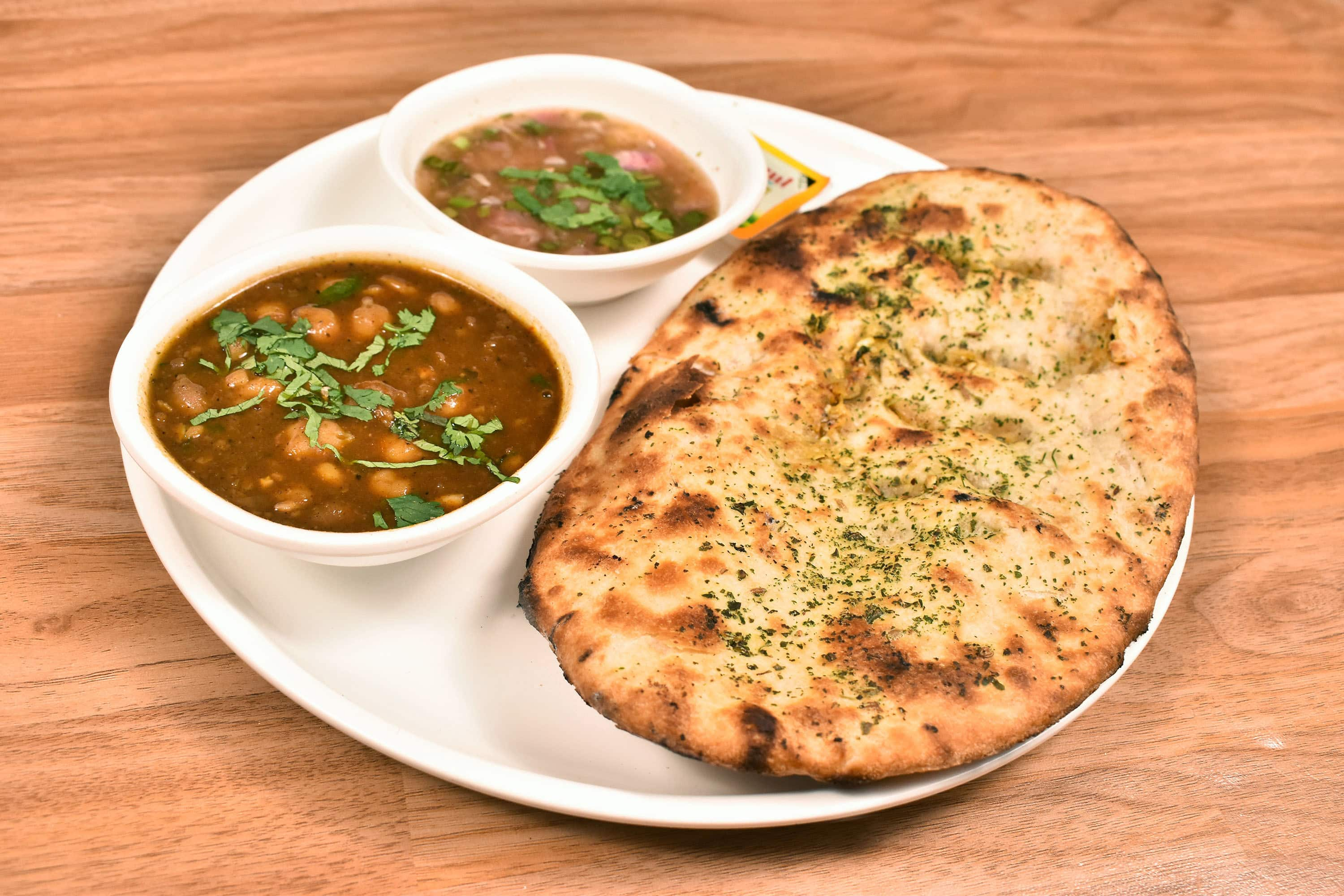
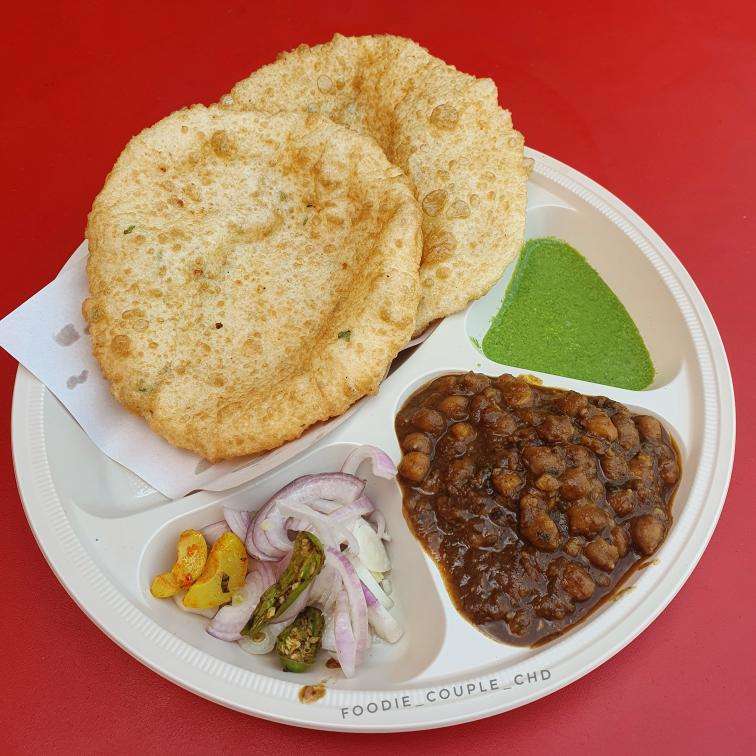
The Rock Garden of Chandigarh is a massive open-air exhibition hall that showcases sculptures made from urban and industrial waste. Conceived and created by Nek Chand Saini, a former road inspector, the garden spans over 40 acres and features thousands of sculptures set in a mosaic of courtyards, linked by walled paths and deep gorges.
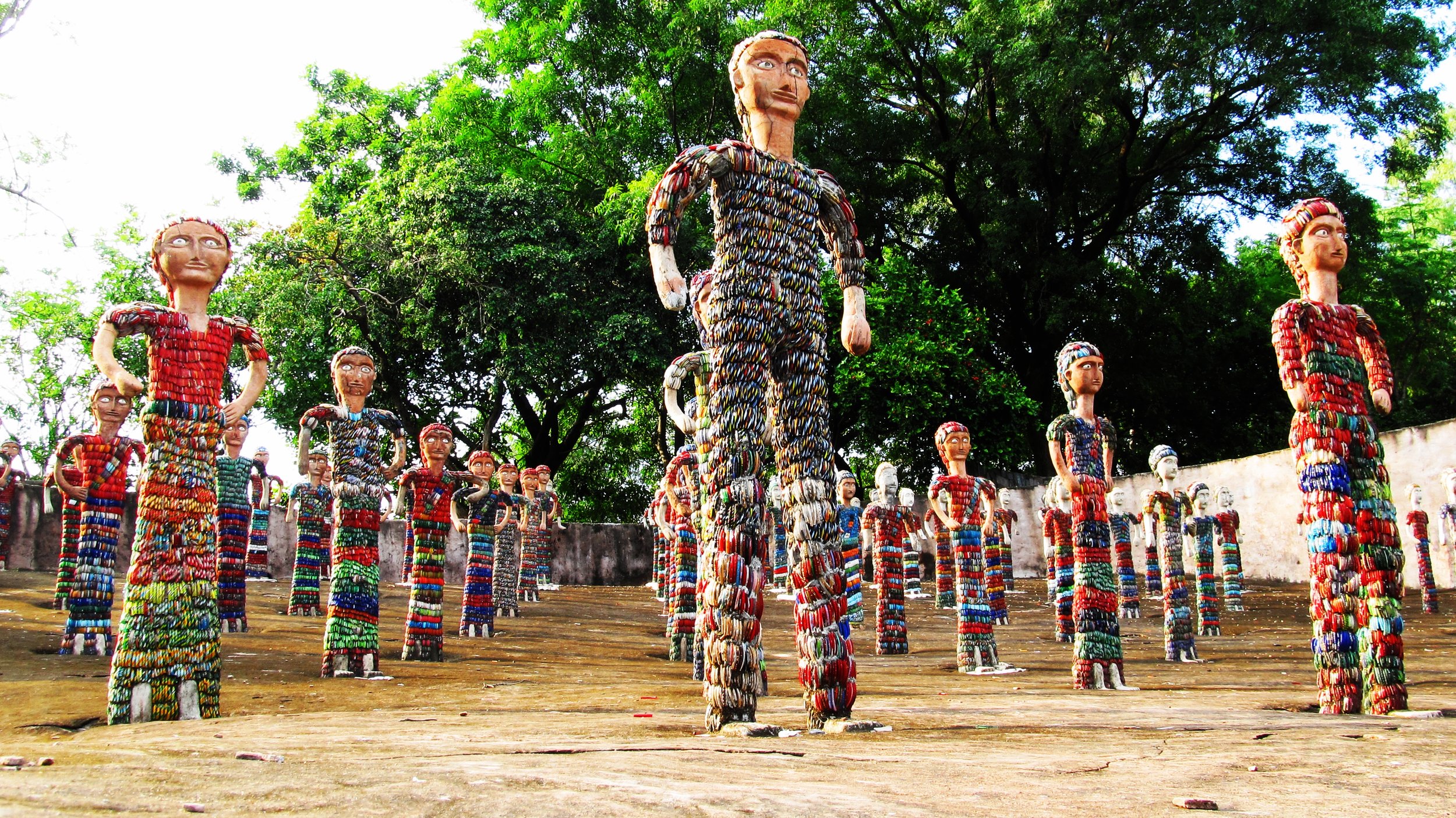
The garden is divided into three main phases, each with its own unique character. Phase I features the initial creation with small courtyards and display areas. Phase II includes a large waterfall and several amphitheaters. Phase III showcases the most intricate and detailed artwork, including a royal suite and a large gathering space.
What makes the Rock Garden extraordinary is that it was created secretly by Nek Chand in his spare time, starting in 1957. He collected discarded materials from demolition sites and waste products, transforming them into beautiful art. The garden now attracts over five thousand visitors daily.
The Rock Garden represents the triumph of creativity and determination over conventional limitations. It stands as a powerful statement about recycling and environmental conservation, demonstrating how waste can be transformed into objects of beauty.
In conclusion, the Rock Garden is much more than a tourist attraction—it is a living testament to human creativity and environmental consciousness. It continues to inspire artists and environmentalists worldwide and remains one of Chandigarh's most beloved landmarks.
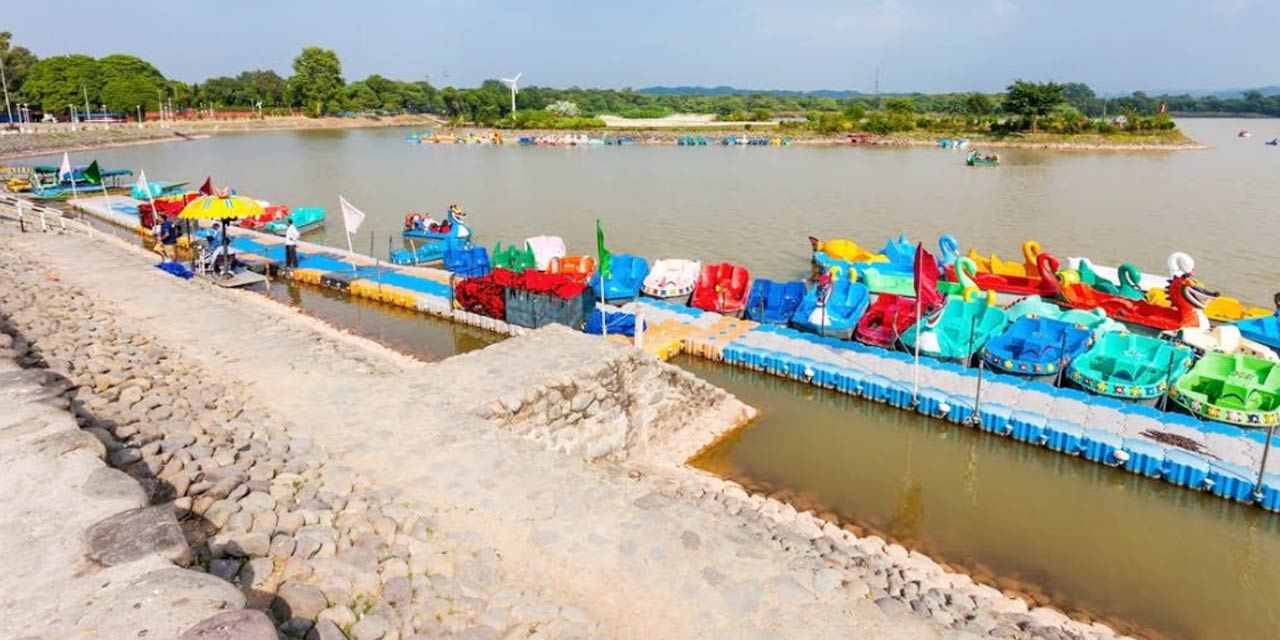
Sukhna Lake is a beautiful, man-made reservoir located in the foothills of the Shivalik range in Chandigarh. Created in 1958 by damming the Sukhna Choe, a seasonal stream, the lake was conceived as an integral part of Le Corbusier's master plan for Chandigarh. It serves as the city's premier recreational space and a haven for nature lovers.
The lake spans approximately 3 square kilometers and is surrounded by a large landscaped area that includes walking trails, gardens, and seating areas. The promenade along the lake is a popular spot for morning and evening walks, jogging, and cycling. Boating facilities are available, allowing visitors to enjoy the serene waters.
Sukhna Lake is also an important habitat for migratory birds, especially during winter months. Species such as the Siberian duck, storks, and cranes can be spotted here, making it a popular destination for birdwatchers. The lake's ecosystem supports a variety of aquatic life and vegetation.
The lake has become an integral part of Chandigarh's cultural life, hosting various events and festivals throughout the year. The most notable is the Chandigarh Carnival, which features cultural performances, food stalls, and artistic displays along the lakefront.
In conclusion, Sukhna Lake is more than just a water body—it is the emotional and recreational heart of Chandigarh. It represents the city's commitment to balancing urban development with natural spaces and continues to be a source of pride for residents and visitors alike.
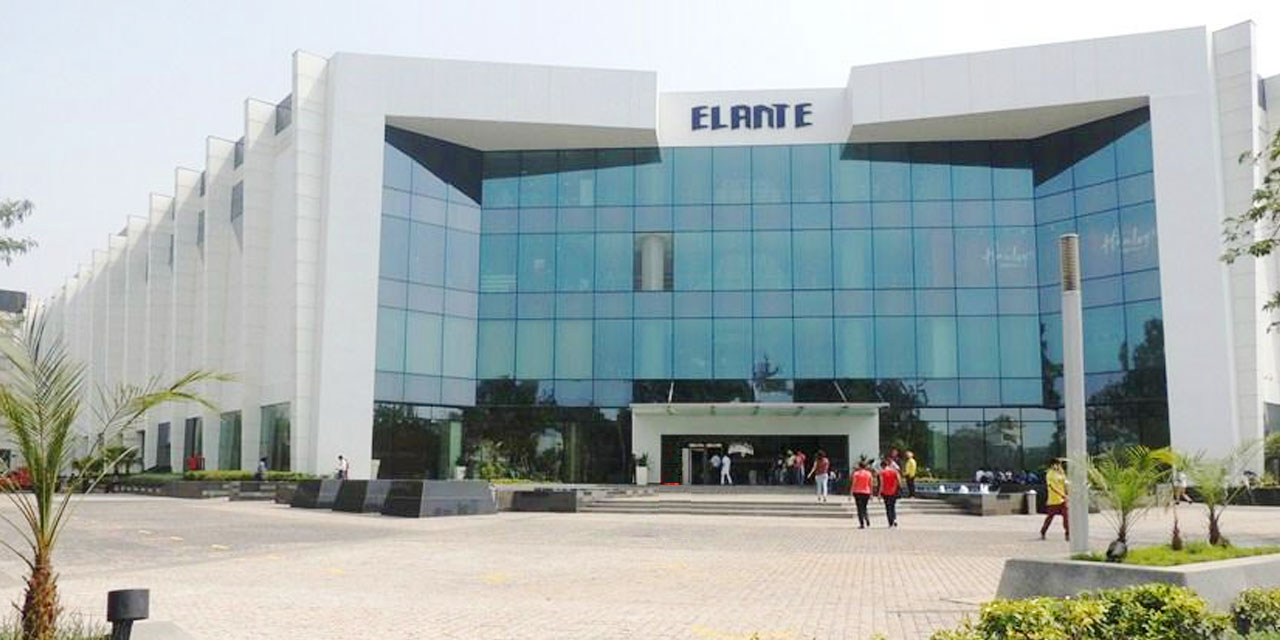
Elante Mall is one of the largest and most modern shopping centers in North India, located in the Industrial Area of Chandigarh. Spread over 20 acres with a retail space of more than 1.1 million square feet, the mall represents the commercial growth and urban sophistication of Chandigarh.
The mall features over 250 national and international brands across fashion, electronics, home decor, and lifestyle categories. It houses major anchor stores including Westside, Lifestyle, and Pantaloons, along with luxury brands and specialty stores. The food court offers a diverse range of cuisines from fast food to fine dining.
Beyond shopping, Elante Mall provides comprehensive entertainment options with a state-of-the-art PVR cinema complex featuring multiple screens, a gaming zone for children and adults, and regular events and promotions. The mall's architecture combines modern design with functional spaces, creating a comfortable shopping environment.
Elante Mall has become more than just a shopping destination—it's a social hub for Chandigarh's residents. It reflects the city's growing consumer culture and economic prosperity while providing a world-class retail experience that attracts visitors from across the region.
In conclusion, Elante Mall represents the modern, progressive face of Chandigarh. It stands as a symbol of the city's economic development and its position as a leading urban center in Northern India, successfully blending commerce, entertainment, and social spaces.
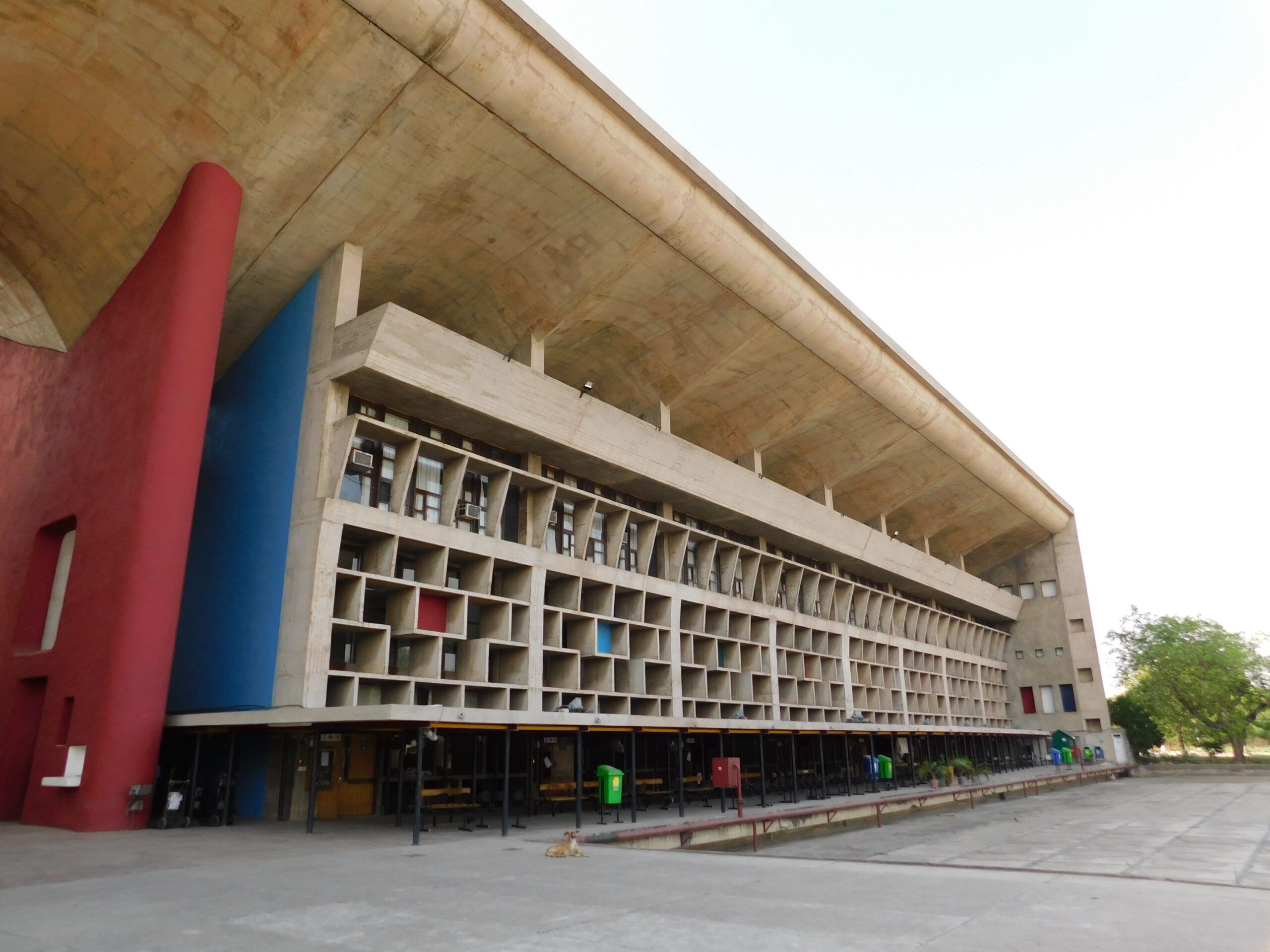
The Capitol Complex in Chandigarh is a government compound designed by the renowned architect Le Corbusier and declared a UNESCO World Heritage Site in 2016. It serves as the seat of government for both Punjab and Haryana and represents one of the most significant examples of 20th-century modernist architecture.
The complex consists of three main buildings: the Legislative Assembly (Vidhan Sabha), the Secretariat, and the High Court. These are arranged around a large piazza and connected by monumental axes. The buildings showcase Le Corbusier's principles of modern architecture, featuring raw concrete surfaces, geometric forms, and thoughtful integration with the landscape.
The Open Hand Monument, located within the complex, has become the official emblem of Chandigarh. This giant metal hand rotates with the wind, symbolizing peace, reconciliation, and the open-handed giving and receiving of ideas. The monument stands as a powerful representation of the city's philosophical foundations.
The Capitol Complex represents Le Corbusier's vision of a "Radiant City" where government, nature, and the people coexist harmoniously. The architecture emphasizes functionality while creating monumental spaces that inspire civic pride. The complex continues to function as intended while attracting architecture enthusiasts from around the world.
In conclusion, the Capitol Complex is much more than a government precinct—it is the architectural soul of Chandigarh. It embodies the city's founding principles of modernity, democracy, and humanism, standing as a timeless example of visionary urban planning and architectural excellence.

Zakir Hussain Rose Garden, named after India's former president, is Asia's largest rose garden spread over 30 acres in the heart of Chandigarh. Established in 1967, it features more than 50,000 rose bushes of approximately 1,600 different species, creating a spectacular display of colors and fragrances.
The garden is laid out in a formal style with beautifully maintained lawns, fountains, and walking paths. Beyond roses, it contains numerous trees and medicinal plants, making it both a botanical garden and a rose garden. The collection includes hybrid tea roses, floribundas, climbers, and standard roses in virtually every color imaginable.
The Rose Garden serves multiple purposes—it's a research center for rose cultivation, a conservation area for plant species, and a popular recreational space for residents and tourists. The annual Rose Festival held in February or March attracts thousands of visitors who come to admire the blooms and participate in cultural events.
The garden represents Chandigarh's commitment to green spaces and environmental beauty. It provides a tranquil escape from urban life while showcasing the city's dedication to horticultural excellence. The careful maintenance and continuous development of the garden reflect the city's pride in this floral treasure.
In conclusion, the Rose Garden is more than just a collection of flowers—it is a living embodiment of Chandigarh's identity as the "City Beautiful." It demonstrates how urban planning can successfully integrate natural beauty with city living, creating spaces that nourish both the environment and the human spirit.
Chandigarh is more than just a well-planned city—it represents a vision of modern urban India that balances development with quality of life. From its architectural landmarks to its green spaces, from its cultural vibrancy to its administrative importance, Chandigarh truly lives up to its name as the City Beautiful and stands as a model for urban development nationwide.
Mohali, officially known as Sahibzada Ajit Singh Nagar, is an important city adjacent to Chandigarh that has emerged as a major IT, sports, and residential hub. Part of the Chandigarh Tricity along with Chandigarh and Panchkula, Mohali represents the dynamic growth and expansion of the region beyond the original planned city.
Mohali represents the successful expansion of the Chandigarh vision beyond its original boundaries. With its thriving IT sector, sports infrastructure, and balanced urban development, Mohali has established itself as more than just a satellite city—it's an emerging hub in its own right, contributing significantly to the region's economic and cultural landscape.
Panchkula, the third vertex of the Chandigarh Tricity, is a carefully planned city in Haryana known for its organized sectors, green spaces, and quality residential areas. Developed as an extension to accommodate the growing population of the region, Panchkula maintains the planning principles of Chandigarh while developing its own distinct character.
Panchkula demonstrates how the principles of planned urban development can be successfully extended beyond the original city limits. With its organized layout, quality infrastructure, and balanced approach to growth, Panchkula has established itself as an integral part of the Chandigarh Tricity while maintaining its own identity as a well-planned, livable city.
The cities of the Chandigarh region represent a unique experiment in urban planning and development in India. While Chandigarh itself stands as the iconic "City Beautiful" with its architectural brilliance and meticulous planning, Mohali has emerged as a dynamic hub of technology and sports, and Panchkula offers a well-planned residential extension. Together, these cities present a model of balanced regional development, quality urban living, and economic growth that continues to inspire urban planning across India.
The fashion of Chandigarh represents a perfect blend of urban sophistication, Punjabi cultural heritage, and modern cosmopolitan style. As one of India's most planned and developed cities, Chandigarh's fashion scene reflects its status as a hub of education, administration, and contemporary living. From traditional Punjabi attire to global fashion trends, the city offers a diverse and vibrant fashion landscape.
Chandigarh's traditional men's attire beautifully combines Punjabi cultural heritage with urban sophistication. While Western clothing is common for daily wear, traditional outfits hold special significance during festivals, weddings, and cultural events. The city's men proudly wear these traditional garments that reflect both their Punjabi roots and modern urban identity.

Traditional men's fashion in Chandigarh is a vibrant expression of Punjabi culture blended with urban sophistication. From the elegant sherwani for weddings to the comfortable kurta-pajama for daily wear, and the significant turban as a religious symbol, each element tells a story of cultural pride and contemporary style that defines the modern Chandigarh man.
The traditional attire of Chandigarh women is a beautiful reflection of Punjabi cultural richness, feminine grace, and contemporary elegance. From the vibrant Phulkari dupattas to the elaborate bridal wear, Chandigarh's women's fashion showcases a perfect harmony between traditional Punjabi elements and modern urban style.

Traditional women's fashion in Chandigarh is a vibrant celebration of Punjabi culture, feminine elegance, and contemporary style. From the comfortable Patiala suit for daily wear to the elaborate bridal lehnga for weddings, and from the colorful Phulkari dupattas to the traditional jewelry, Chandigarh women's attire beautifully preserves cultural heritage while embracing modern fashion sensibilities.
Chandigarh's fashion scene is characterized by its cosmopolitan outlook, blending traditional Punjabi elements with global fashion trends. As an educational hub and administrative capital, the city has developed a unique fashion identity that reflects its modern, planned character while maintaining cultural roots.


Modern fashion in Chandigarh represents the city's dynamic, youthful, and cosmopolitan character. While traditional attire remains important for cultural events, daily fashion reflects global influences and contemporary trends. This blend of traditional and modern makes Chandigarh's fashion scene vibrant, diverse, and constantly evolving.
Chandigarh offers diverse shopping experiences from traditional markets to modern malls, catering to all fashion preferences and budgets. The city's planned layout includes designated commercial sectors that have become fashion destinations in their own right.
Chandigarh's shopping landscape perfectly complements its fashion identity, offering everything from traditional markets preserving Punjabi craftsmanship to modern malls showcasing global trends. This diversity ensures that every fashion need is met, from daily casual wear to elaborate wedding outfits, making Chandigarh a complete fashion destination.
Chandigarh's fashion is a dynamic blend of traditional Punjabi heritage and contemporary urban style. The city successfully maintains its cultural roots through traditional attire while embracing global fashion trends, creating a unique sartorial identity. From the vibrant Phulkari work and elegant salwar suits to modern Western wear and fusion fashion, Chandigarh represents the perfect harmony between tradition and modernity, making it a significant fashion hub in Northern India.